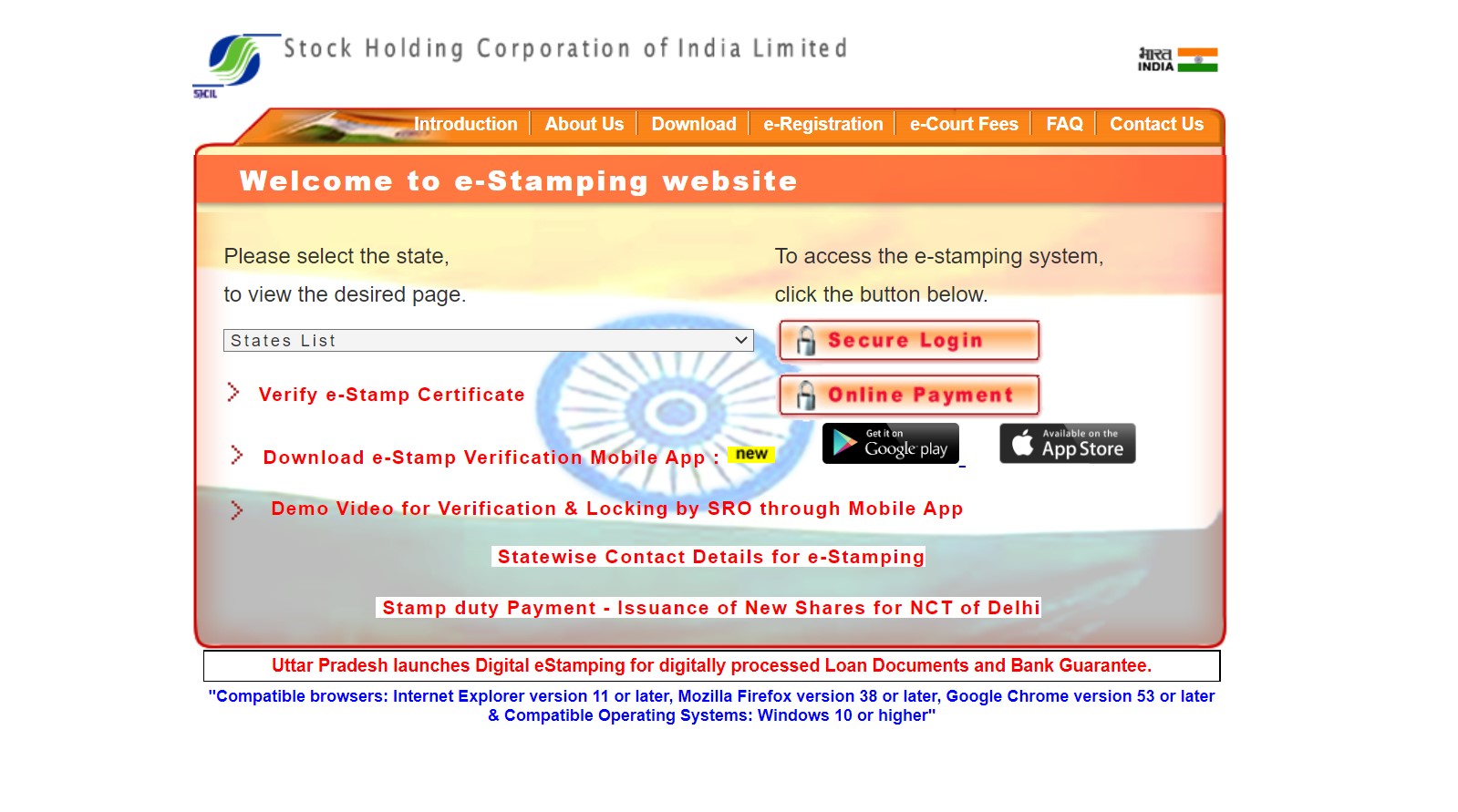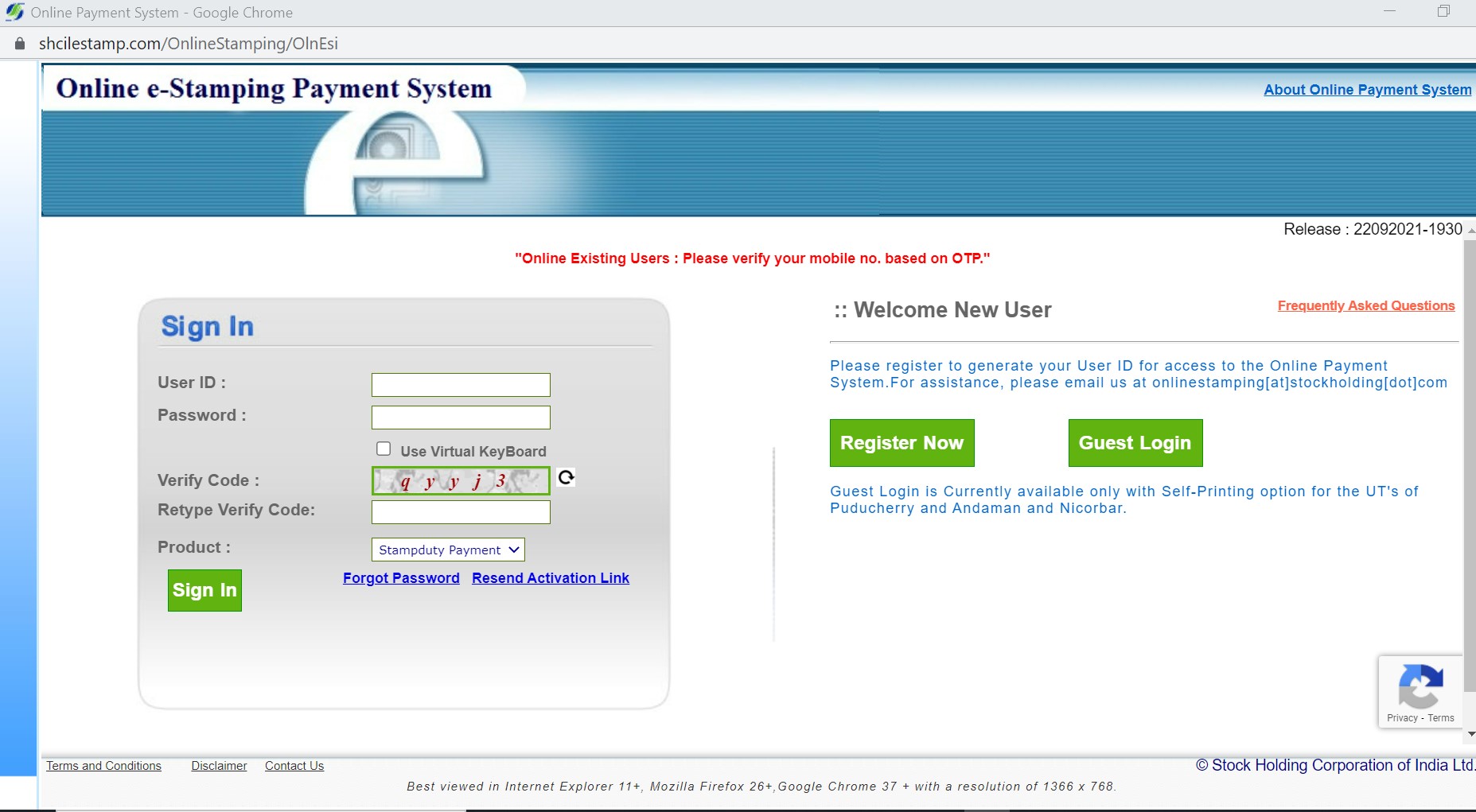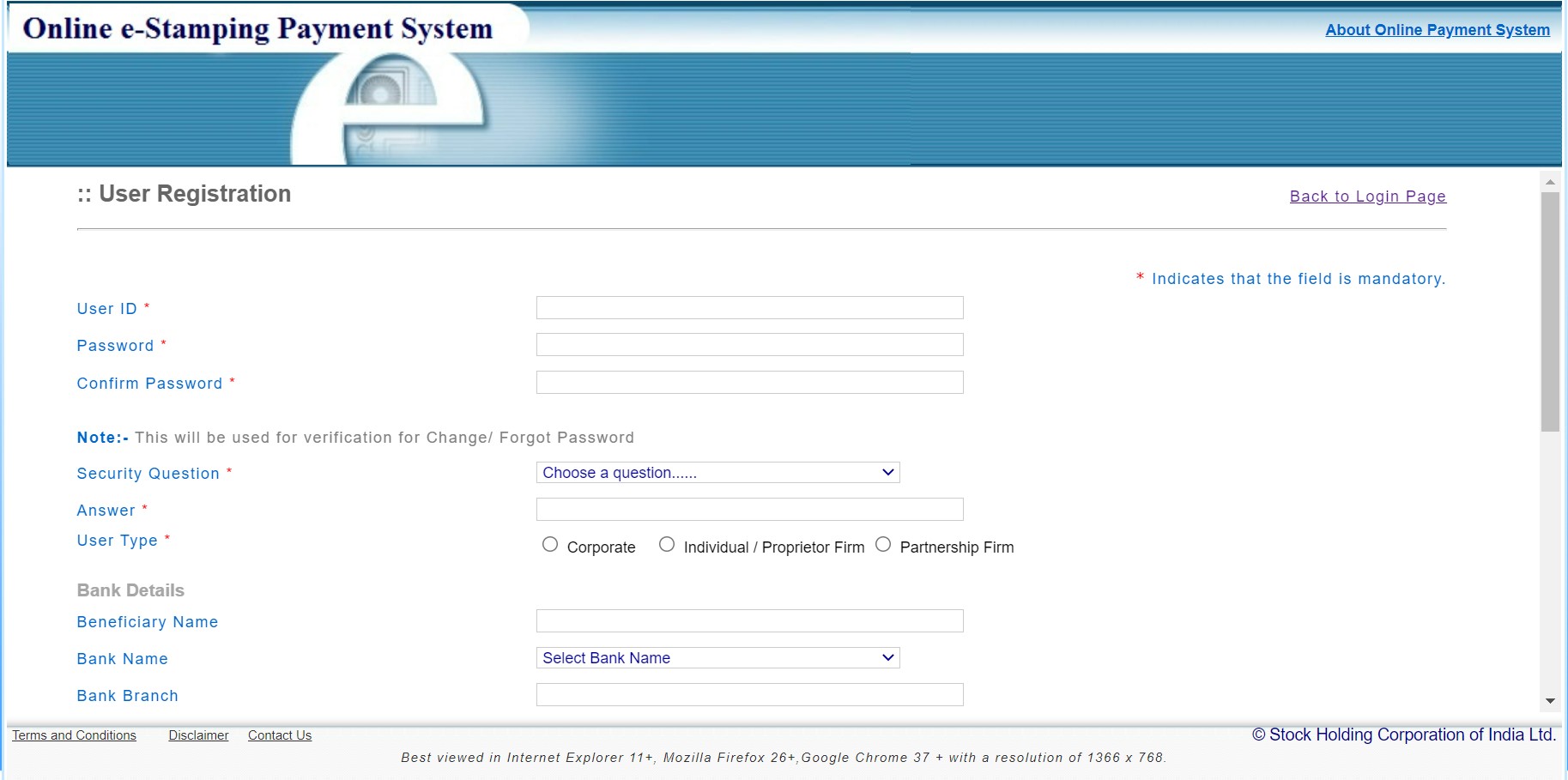Stamp Duty and Property Registration Charges in Delhi 2023

It is compulsory for property buyers in the Capital to pay stamp duty in Delhi during property registration. This is an essential process that validates the transfer of ownership from the old owner to the new one. Furthermore, if you do not have a property registered in your name, you won’t be able to prove your ownership of the asset.
If you have recently bought a property in Delhi, here’s everything you need to know about stamp duty and registration charges in Delhi. Read on!
Rate of Stamp Duty in Delhi 2023
The following table details the stamp duty rate in Delhi:
| Individual | Rate |
| Men buyers | 6% |
| Women buyers | 4% |
| Joint buyers | 5% |
Stamp Duty Charges in Different NDMC and Delhi Cantonment
| Individual | Charges in NDMC | Charges in Delhi Cantonment |
| Men buyers | 5.5% | 3% |
| Women buyers | 3.5% | 3% |
| Joint buyers | 4.5% | 3% |
Stamp duty and registration charges in Delhi depend upon the price of the property and the ready reckoner rate. A ready reckoner rate is also referred to as the circle rate, which defines the minimum value at which an owner can sell his/her property.
Property Registration Charges in Delhi 2023
Apart from stamp duty, a property buyer is also required to pay a registration charge of 1% of property value. This fee is levied on property buyers irrespective of their gender.
Thus, the total cost of stamp duty and registration charges would be 7% for men. Similarly, women and joint buyers will have to pay stamp duty and registration charges in Delhi worth 5% and 6% of the property price, respectively.
Home Registry Charges in Delhi for Female Buyers
The Delhi Government’s recent decision to lower home registry charges for women buyers was widely appreciated. As a result of this move, there has been a noticeable increase in the percentage of women buyers in the state.
This reduction in charges may seem small at just 2%, but it can still result in significant savings for buyers, especially given the current real estate values. Under the Registration Act of 1908, buyers are required to pay stamp duty charges to get the property registered under their name. This is an important measure to prevent property fraud and fake ownership. Overall, the reduction in home registry charges for women buyers is a welcome step that is likely to boost property sales in Delhi.
Flat Registry Charges in Delhi 2023
| Land area | The flats rate for Private Builder | The flats rate for DDA society |
| High-rise buildings | Rs.1.10 lakh | Rs.87,840 |
| Above 100 sq. metre | Rs.95,250 | Rs.76,200 |
| 50 sq. metre to 100 sq. metre | Rs.79,488 | Rs.66,240 |
| 30 sq. metre to 50 sq. metre | Rs.62,652 | Rs.54,480 |
| Up to 30 sq. metre | Rs.55,440 | Rs.50,400 |
Factors Influencing Stamp Duty in Delhi
Stamp duty in Delhi depends on the following factors:
1. Property Location
The circle rate for properties in Delhi is decided by considering the category of the area the property is located in. For example, this rate is higher in Category A areas and lower in Category B areas.
2. Type of Property
Usually, the stamp duty applicable on commercial properties is more than that of residential properties.
3. Property’s Age
Stamp duty depends on the value of a property. Thus, older properties will have a lower stamp duty in comparison to newer ones.
How to Calculate Stamp Duty in Delhi
You can easily calculate stamp duty on a property in Delhi by following these steps:
- Step 1: Visit the Revenue and Stamps Department of Delhi’s website.
- Step 2: Click on ‘Important Information regarding Registration of Property’ under the ‘E-registrar’ tab.
- Step 3: Click on ‘Stamp duty calculator’, which you will find under the stamp duty section.
- Step 4: You will be taken to a new page, where you need to choose a few details, including deed name, sub-registrar, subdued name, and locality.
- Step 5: After that, click on ‘Submit.
- Step 6: On the next page, enter a few more details, such as:
Once you enter these details, the charges concerning stamp duty in Delhi for the purchase of a property will be displayed.
Also Read
How to Pay Stamp Duty in Delhi
1. Pay Stamp Duty in Delhi Online
You can pay stamp duty and plot registry charges in Delhi online options only.
- Visit SHCIL’s official website.
Click on SHCIL. Hover on “Products & Services’. Select ‘e-Stamping Services and click on ‘e-Stamping’.

- Select ‘NCT of Delhi’
You will be directed to a new page. Here, from the dropdown menu, choose ‘NCT of Delhi’.

- Choose Online Payment
Next, click on ‘Online Payment’. You will be directed to Online e-Stamping Payment System.

- Register
Before you pay the stamp duty, it is best to register as a user. Fill the form and save to proceed.

- Login
Use your username and password to login.
- Make Payment
Select the payment mode and complete the payment process.
2. Pay Stamp Duty in Delhi Offline
In Delhi, the payment of stamp duty can only be made through online methods; there are no options available for offline payments.
Documents Required to Pay Stamp Duty in Delhi
You need to furnish the following documents to pay property stamp duty in Delhi:
- TDS payment proof
- Sale deed
- ID proof of seller, buyer and the witness
- NOC
- Address proof of seller, buyer and the witness
- Passport-sized photographs of buyer and seller
- E-stamp paper along with the right stamp duty value
- PAN and Form 60 copy (self-attested)
- E-registration fee receipt with the affidavit or undertaking
- Location Category
- Gender
- Property type
- Consideration amount
- Flat type
- Sub property type
- Availability of parking
- Plinth area
- Number of floors in the building
Penalty for Delay in Stamp Duty Payment
Section 23 of the Registration Act 1908 requires the submission of property transaction documents within four months from the deed’s execution date. Failure to do so may result in a penalty of up to 10% of the registration charge.
Tax Benefits on Stamp Duty and Registration Charges in Delhi
Stamp duty and registration charges in Delhi are eligible for tax exemption under Section 80C, with a maximum deduction limit of ₹1.5 lakh.
Things to Remember Before Paying Stamp Duty in Delhi
Before you proceed to pay the stamp duty and registration charges of a property in Delhi, consider remembering the following pointers:
- If you are a woman, you will have to pay less stamp duty and registration charges
- Know that the payment of stamp duty is an obligation. Any failure to make payment of the amount can attract heavy penalties, sometimes as high as 200% of the liability.
- You can complete the payment process online through e-stamps.
- It is calculated by considering the borrower’s loan eligibility only if the property’s value is less than Rs. 10 lakh.
Final Word
Stamp duty and registry charges are mandatory expenses associated with property registration in Delhi. The rates for stamp duty and registry costs in Delhi can vary depending on factors such as the type and location of the property. The Delhi government’s decision to reduce the registration charges for women buyers is a welcome move that has encouraged more women to invest in real estate. It is important to note that stamp duty and property registration in Delhi are eligible for tax exemption under Section 80C, subject to a maximum deduction of ₹1.5 lakhs. Overall, understanding the stamp duty and registration charges in Delhi is crucial for anyone planning to buy or sell a property in the city.
If you are planning to buy a house in Delhi, why don’t you check out Navi Home Loan?
You can get a loan with minimal documentation and zero processing fees.
Stamp Duty Charges in Your City
FAQs
No, the National Capital Region follows the particular state’s laws while framing the charges for stamp duty and registration. For instance, in Noida, you will have to pay stamp duty as per the rules of the Government of Uttar Pradesh.
Yes, under Section 80C of Income Tax Act, you can avail tax deduction for stamp duty and registration charges. However, note that the maximum deduction amount under this Section is Rs. 1,50,000.
No, the Delhi government has introduced e-stamping. Thus, there is no method to pay stamp duty and registration charges offline. Furthermore, the Government of Delhi has appointed Stock Holding Corporation of India Limited (SHCIL) as the body responsible for e-stamping.
The circle rate or ready reckoner rate is the minimum price at which a commercial or residential property can be sold. The statement or development authorities decide this price based upon various factors. Note that the circle rate can be lower than the actual market value of a property.
No, typically, home loans are provided by excluding the stamp duty and registration charges. Thus, you must factor in these charges beforehand and plan your finances accordingly. You can use a stamp duty calculator to make an informed decision.
Disclaimer
This article is solely for educational purposes. Navi doesn't take any responsibility for the information or claims made in the blog.
Read More on Income Tax Act

Customer’s Feedback
No comments found.What is Form 26QB for TDS? How to Download and Submit it?
While purchasing a property, buyers are liable to pay various taxes. The Finance Act, 2013 made TDS... Read More »PF Withdrawal Rules 2023 – Rules, Documents Required and Types
EPF/PF Withdrawal Employees’ Provident Fund (abbreviated as EPF) is a popular retirement sav... Read More »Income Tax Return – Documents, Forms and How to File ITR Online AY 2023-24
In India, it is mandatory for all taxpayers who earn more than the basic tax exemption limit to fil... Read More »What is Section 80CCD – Deductions for National Pension Scheme and Atal Pension Yojana
The Income Tax Act provides a number of deductions and tax benefits to taxpayers, so they can strat... Read More »Tax on Dividend Income: Sources, Tax Rate and TDS on dividend income
What are Dividends? Companies may raise funds for running their operations by selling equity. Th... Read More »Section 112A of Income Tax Act: Taxation on Long-Term Capital Gains
What is Section 112A? Section 112A of the Income Tax Act was announced in Budget 2018 to replace... Read More »Section 206AB of Income Tax Act: Eligibility And TDS Rate
Section 206AB was introduced in the Finance Bill 2021 as a new provision pertaining to higher deduc... Read More »What is a Credit Note in GST – Example, Format and Steps
A GST Credit Note is mandatory for any GST-registered supplier of goods or services. As a supplier,... Read More »Exemptions and Deductions Under Section 10 of Income Tax Act
What Is Section 10 of the Income Tax Act? Section 10 of the Income Tax Act, 1961 provides tax-sa... Read More »Section 57 of the Income-tax Act – Income from Other Sources
It is quite likely that many entities - individuals as well as businesses - have multiple sources o... Read More »What is Dearness Allowance? – Types, Calculation, and Current Rate
What is Dearness Allowance? Dearness Allowance Meaning - Dearness Allowance (DA) is an allowance... Read More »How to Claim Leave Travel Allowance? – Benefits, Documents Required and Exemptions
What is Leave Travel Allowance? Leave Travel Allowance or LTA, also known as Leave Travel Conces... Read More »Top 10 Chit Fund Schemes in India in 2023
Chit funds are one of the most popular return-generating saving schemes in India. It is a financial... Read More »10 Best Gold ETFs in India to Invest in April 2023
Gold ETFs or Gold Exchange Traded Funds are passively managed funds that track the price of physica... Read More »10 Best Demat Accounts in India for Beginners in 2023
Creation of Demat accounts revolutionised the way trades were conducted at the stock exchanges. It... Read More »20 Best Index Funds to Invest in India in April 2023
What is an Index Fund? An index fund is a type of mutual fund or exchange-traded fund (ETF) that... Read More »Best Arbitrage Mutual Funds to Invest in India in April 2023
Arbitrage funds are hybrid mutual fund schemes that aim to make low-risk profits by buying and sell... Read More »10 Best SIP Plans in India to Invest in April 2023
What is SIP? SIP or Systematic Investment Plan is a method of investing a fixed amount in ... Read More »10 Best Corporate Bond Funds in India to Invest in April 2023
Corporate bond funds are debt funds that invest at least 80% of the investment corpus in companies ... Read More »10 Best Bank for Savings Account in India [Highest Interest Rate 2023]
Savings account is a type of financial instrument offered by several banks. It lets you safely depo... Read More »
































